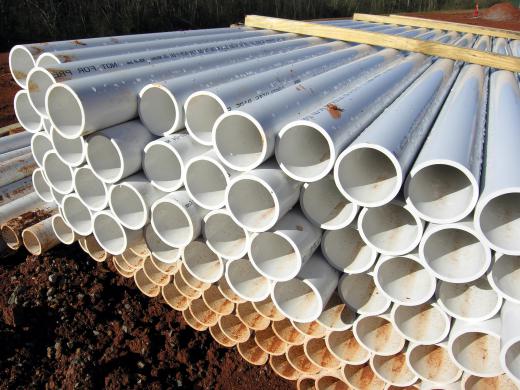A water crane is a goose-necked device meant to deliver water to an area that is likely elevated at least to a certain extent. In most cases, the device is capable of swiveling around a single pivot. Depending on the application, it may also be capable of lifting its main arm up and down in order to provide water at variable elevations.
The water crane can work in a couple of different ways. Generally, a pump forces water up the vertical spout going up to the horizontal arm. Once there, it runs along the arm until it gets to the downspout. After reaching the downspout, gravity takes over, and the water, or any other liquid chosen, is deposited into a specific location. Some water cranes may work by providing a reservoir at the top of the arm where water can be stored and accessed as needed.

Though the appearance of water cranes may vary slightly, most simply look like very large water faucets. Most are made of steel, though it is also possible for them to be made out of a plastic material, such as PVC pipe. The benefit of PVC pipe is that it will not corrode, which has the potential to happen with any metal product in contact with water over a period of time. Despite this advantage for PVC, metal has the potential to stand up better to heavy industrial use.
Regulating water flow for a water crane is done simply by using a valve, much like any other type of faucet. The size of the valve and its rating is determined by the size of the crane, the expected water pressure, and the expected level of use. Turning on the water is typically a matter of opening a valve. In some cases, where water is pumped up the crane, it may be necessary to make sure electricity is also flowing to the pump, though this is usually not technically part of the water crane.
The advantage of a water crane is in its ability to adjust itself in one or more ways to accomplish its job. For example, when watering a steam locomotive, the water crane swings into place and lowers to the reservoir. This allows for a quick refilling with minimal spillage. When it is completed, the water crane simply lifts and swings away, allowing for any taller rail cars to pass through. Steam locomotive trains are one of the most common places to see these cranes.
